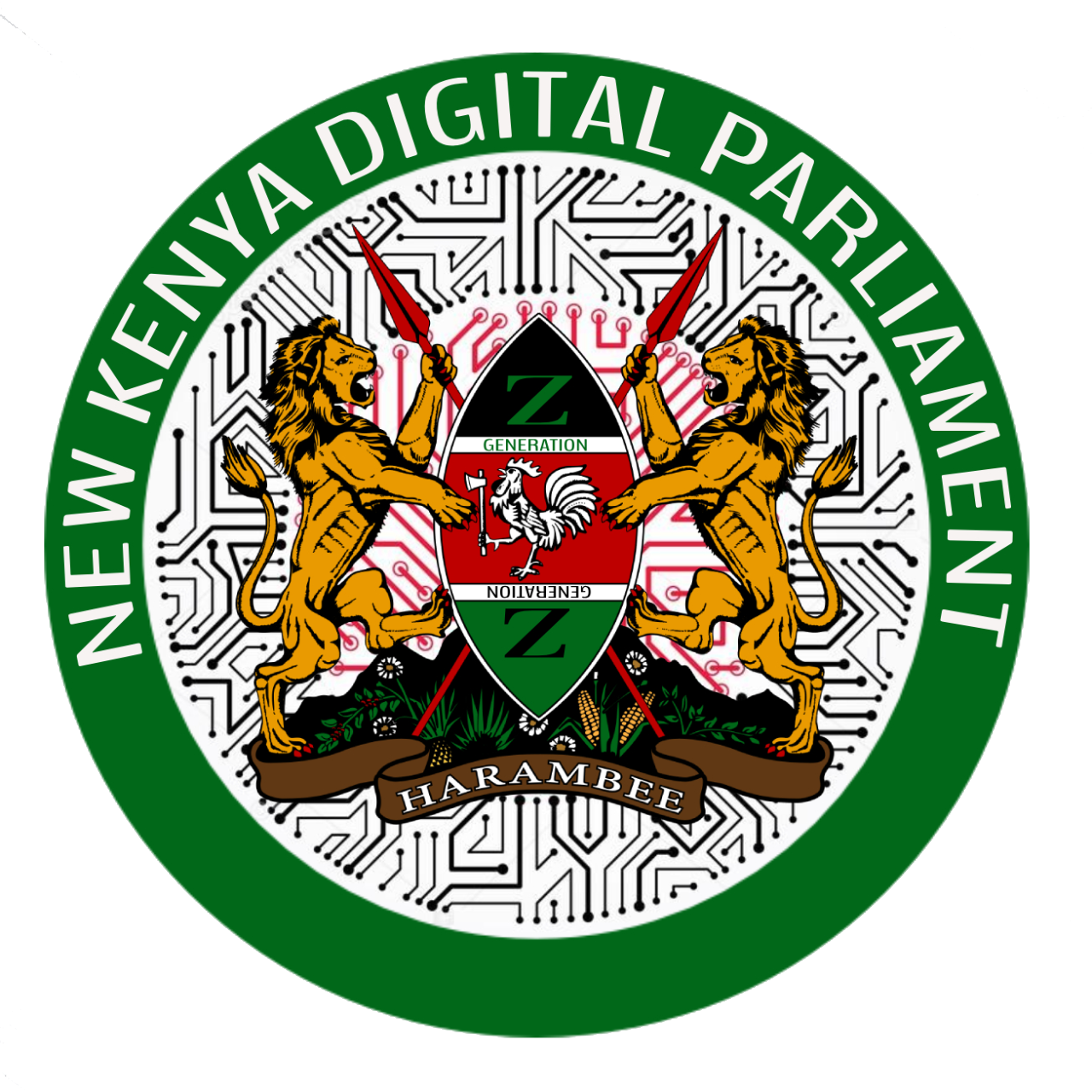Real-time transparency in government operations, especially as it relates to the expectations of Gen Z:
In the era of instant information and digital connectivity, the concept of government transparency is undergoing a radical transformation. The Gen Z population, raised in an environment of real-time updates and immediate access to global information, is demanding a similar level of transparency from their governments. This shift calls for a reimagining of how public institutions operate and report their activities.
Key Components of Real-Time Government Transparency:
- Revenue Collection and Allocation:
- Live dashboards showing county and national revenue collection
- Real-time updates on how funds are being allocated and spent
- Breakdown of revenue sources (taxes, fees, fines, etc.)
- Government Expenditure:
- Up-to-the-minute reporting on all government spending
- Categorization of expenses (salaries, projects, maintenance, etc.)
- Comparison tools to track spending against budgets
- Tender and Procurement Processes:
- Public access to all ongoing and completed tender processes
- Real-time updates on bid submissions, evaluations, and awards
- Transparent criteria for tender evaluations and decision-making
- NGO and Foreign Aid Tracking:
- Live reporting of all donations and aid received
- Real-time updates on how foreign aid is being utilized
- Performance metrics for NGO projects and initiatives
- Public Official Activities:
- Real-time tracking of public officials’ schedules and activities
- Detailed reporting on foreign trips, including costs and outcomes
- Time allocation analysis for official duties vs. personal activities
- Project Implementation:
- Live updates on the progress of government projects
- Real-time reporting on project budgets, timelines, and milestones
- Public feedback mechanisms for ongoing projects
Benefits of Real-Time Transparency
- Enhanced Accountability: Instant access to information makes it harder to hide mismanagement or corruption.
- Improved Public Trust: Openness fosters trust between citizens and government institutions.
- Increased Efficiency: Real-time monitoring can help identify and address inefficiencies quickly.
- Better Decision Making: Access to current data allows for more informed policy decisions.
- Public Engagement: Real-time information encourages active citizenship and participation.
- Reduced Corruption: Transparency in processes like tendering can significantly reduce opportunities for corruption.
- Fiscal Responsibility: Knowing that all financial moves are immediately visible encourages more responsible spending.
Challenges and Considerations
- Data Security: Ensuring that sensitive information is protected while maintaining transparency.
- Privacy Concerns: Balancing transparency with the privacy rights of individuals involved in government operations.
- Data Accuracy: Ensuring that real-time data is accurate and not misleading.
- Digital Divide: Ensuring equal access to this information for all citizens, regardless of their technological capabilities.
- Contextual Understanding: Providing necessary context to raw data to prevent misinterpretation.
- Cost of Implementation: Developing and maintaining such comprehensive real-time systems can be expensive.
- Resistance to Change: Overcoming bureaucratic inertia and resistance from those who benefit from opacity.
Meeting Gen Z Expectations
The Gen Z population, accustomed to instant updates and transparent online interactions, expects nothing less from their government. They demand:
- Mobile-First Platforms: Access to all government data through user-friendly mobile apps.
- Social Media Integration: Regular updates and interactions on popular social media platforms.
- Interactive Data Visualization: Tools to manipulate and analyze government data in real-time.
- Blockchain for Transparency: Use of blockchain technology to ensure data integrity and traceability.
- AI-Driven Insights: Artificial intelligence tools to help citizens understand complex government operations.
- Gamification of Civic Engagement: Interactive elements to encourage youth participation in governance.
Conclusion
The push for real-time government transparency is not just about satisfying the curiosity of citizens; it’s about fundamentally changing the relationship between the government and the governed. By embracing these technologies and principles, governments can create a more open, accountable, and efficient system that meets the expectations of the digital native generation.
Implementing such comprehensive real-time transparency will require significant technological investment, policy changes, and a shift in governmental culture. However, the potential benefits in terms of increased public trust, reduced corruption, and more effective governance make this a worthwhile endeavor.
As we move further into the digital age, governments that embrace this level of transparency will likely find themselves better equipped to address the challenges of the 21st century and more capable of earning the trust and engagement of their citizens, particularly the tech-savvy Gen Z population.
This is the true meaning of reject finance bill.
BY Awa M. Thungu

